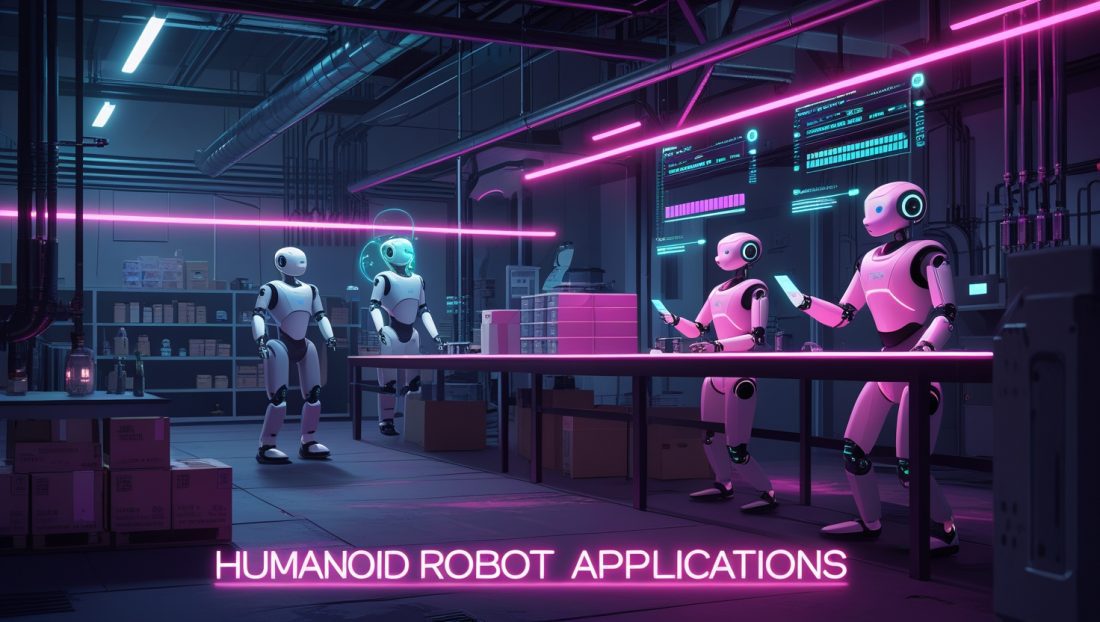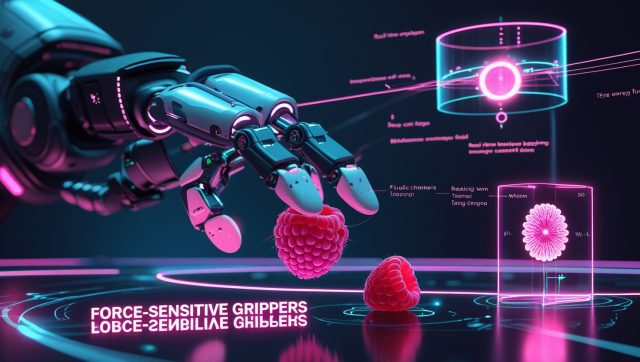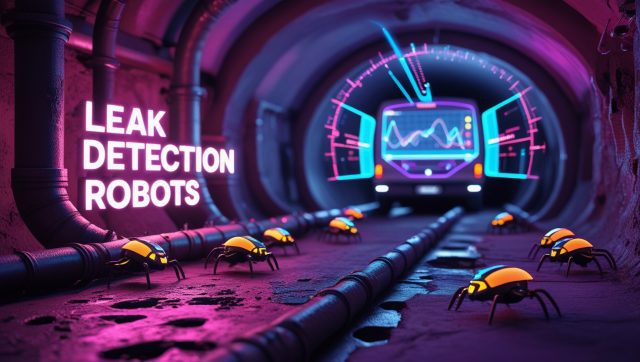When Technology Meets Texas Charm
What happens when a $16,000 humanoid robot in a cowboy hat roams Austin’s streets dispensing Gen Z slang? This isn’t speculative fiction—it’s 2025’s viral phenomenon “Jake the Rizzbot.” While social media celebrates its antics, industrial automation faces a critical question: Why do humanoid robot applications remain confined to publicity stunts instead of transforming factories and warehouses?
Anatomy of a Viral Gimmick
In May 2025, Austin locals encountered Unitree’s G1 robot modified with:
- Custom cowboy hat and Nike sneakers
- Voice module spewing slang like “rizz” (charisma) and “drip” (style)
- Pre-programmed routes down South Congress Avenue
Despite 43 joint motors and real-time spatial sensors, Jake’s limitations proved revealing:
- Operational dependency: Human handlers shadowed every move
- Battery constraints: 2-hour runtime required frequent recharging
- Task failure: Viral videos showed it stumbling over curbs and ignoring dropped objects
These challenges reflect broader hurdles in humanoid robotics, as explored in Why Robots Stumble but AI Robotics Advancements Soar, which highlights AI’s role in overcoming such limitations.
Industrial Reality Check: 5 Barriers to Commercial Viability
1. Environmental Fragility
Humanoid robots excel in controlled labs but crumble in dynamic settings. Contrast Jake’s scripted path with Boston Dynamics’ Spot navigating Fukushima’s radioactive ruins. Industrial spaces demand:
- Adaptive footing for slippery factory floors
- Sensor fusion for low-light warehouses
- Impact resistance from falling debris
Bipedal movement creates 10x more failure points than wheeled bots in construction zones.
— IEEE Robotics Journal (March 2025)
2. Economic Misalignment
Jake’s $16,000 price tag illustrates ROI dysfunction:
| Cost Factor | Humanoid Robot | Industrial Counterpart |
|---|---|---|
| Unit Cost | $16,000+ | $5,000 (Locus AMR) |
| Operational Hours | 2/day | 22/day |
| Maintenance | $3,000/yr | $800/yr |
Amazon’s 2024 warehouse trial found humanoids 73% slower than conveyor-based systems, a topic further explored in Amazon’s Warehouse Automation: A Game Changer or Job Killer.
3. Social Theater Over Substance
Jake’s “compliments algorithm” prioritized engagement over utility—a recurring industry issue:
- Honda’s Asimo poured drinks but couldn’t clear tables
- SoftBank’s Pepper entertained shoppers but couldn’t manage inventory
MIT’s Dr. Kate Darling observes: Anthropomorphism triggers emotional responses that obscure functional deficits.
4. Power Infrastructure Gaps
Humanoids’ energy demands create deployment bottlenecks:
- Bipedal locomotion consumes 400W/hour vs. 60W for wheeled bots
- Fast-charging stations cost $8,000/unit
- Most factories lack compatible power grids
Tesla’s Optimus requires facility rewiring—a hidden 30% cost adder. Advances in energy-efficient robotics are addressing this, as discussed in Top 7 Energy-Efficient Robotics Trends Transforming Industries in 2025.
5. Regulatory Vacuum
Jake’s Austin debut exposed legal gray zones:
- No permits for public-space robotics
- Zero data collection disclosures
- Ambiguous liability for malfunctions
The EU’s draft AI Act excludes public-facing robots—a critical oversight. For more on regulatory challenges, see Why Industrial AI Implementation Wins Big in 2025 Factories, which covers AI governance gaps.
Emerging Applications: Where Humanoids Deliver Value
Healthcare: Precision Meets Empathy
Japan’s PARO seal robots reduced dementia patients’ medication needs by 37% (Osaka University, 2024). Humanoids now advance this niche:
- Toyota’s HSR assists stroke patients with rehabilitation exercises
- Robear lifts elderly patients with pressure-sensitive arms
Toyota’s advancements in humanoid robotics for healthcare are detailed in Toyota’s Robotics Innovations.
Hazardous Environments
China’s State Grid uses humanoids for:
- Live-wire repairs in thunderstorms
- Tunnel inspections after earthquakes
- Radiation monitoring in nuclear plants
Non-humanoid drones handle 80% of inspections, but humanoids intervene when valve-turning is required.
— Global Energy Robotics Report
Space Exploration
NASA’s Valkyrie deploys human-specific capabilities:
- Tool use in zero gravity
- Airlock operations
- Emergency habitat repairs
The Commercialization Pathway: 3 Non-Negotiables
Modular Design Philosophy
Toyota’s recent patent reveals swappable limbs:
- Grippers for warehouse sorting
- Welding arms for assembly lines
- Sensors for quality control
Battery Breakthroughs
Solid-state batteries (2026 projected rollout) could triple operational hours while reducing fire risks in industrial settings.
Hybrid Intelligence Models
BMW’s Spartanburg plant uses:
- Humanoids for overhead component installation
- Wheeled bots for floor-level transport
- Central AI orchestrating workflow
This hybrid approach is revolutionizing manufacturing, as seen in BMW Humanoid Robot Precision Manufacturing.
Ethics: The Unresolved Equation
Jake’s hidden cameras sparked protests from Austin’s Electronic Frontier Foundation. Industrial deployment amplifies concerns:
- Worker displacement: 12% of auto workers face role obsolescence by 2027 (Brookings)
- Data exploitation: Thermal sensors could monitor employee fatigue without consent
- Safety failures: No universal standards for human-robot collision avoidance
These safety concerns are critical, as explored in Humanoid Robot Safety Concerns Rise, emphasizing the need for robust protocols. Companies like Fanuc are tackling this with advanced safety sensors, as noted in Robotics Business Review.
FAQ: Industrial Humanoid Realities
Will humanoids replace warehouse workers by 2030?
Unlikely. Current prototypes handle <5% of fulfillment center tasks. Hybrid human-robot teams show greater promise.
Why not use cheaper wheeled robots?
Humanoids uniquely navigate stairs, ladders, and cramped spaces—critical in construction and disaster response.
Are there affordable models for small businesses?
Not yet. Entry-level units cost $12,000+ with $200/hour operational costs.
What regulations apply?
Only general product safety laws exist. Industry-specific frameworks won’t emerge before 2027.
Beyond the Hype Cycle
Jake the Rizzbot symbolizes humanoid robotics’ crossroads: extraordinary potential hamstrung by economic, technical, and ethical constraints. The path forward demands:
- Hardware pragmatism over theatrical design
- Regulatory foresight beyond reactionary policies
- Human-centered integration that augments labor
As Unitree’s engineers refine Jake’s successor, industry leaders must ask: Are we building solutions or just viral distractions?Robots should work where humans can’t—not compete for minimum-wage jobs.
— IEEE Robotics Council Manifesto (2025)
Explore industrial AI adoption strategies: Comprehensive ROI Toolkit
Subscribe for robotics updates: Industry Impact Newsletter



